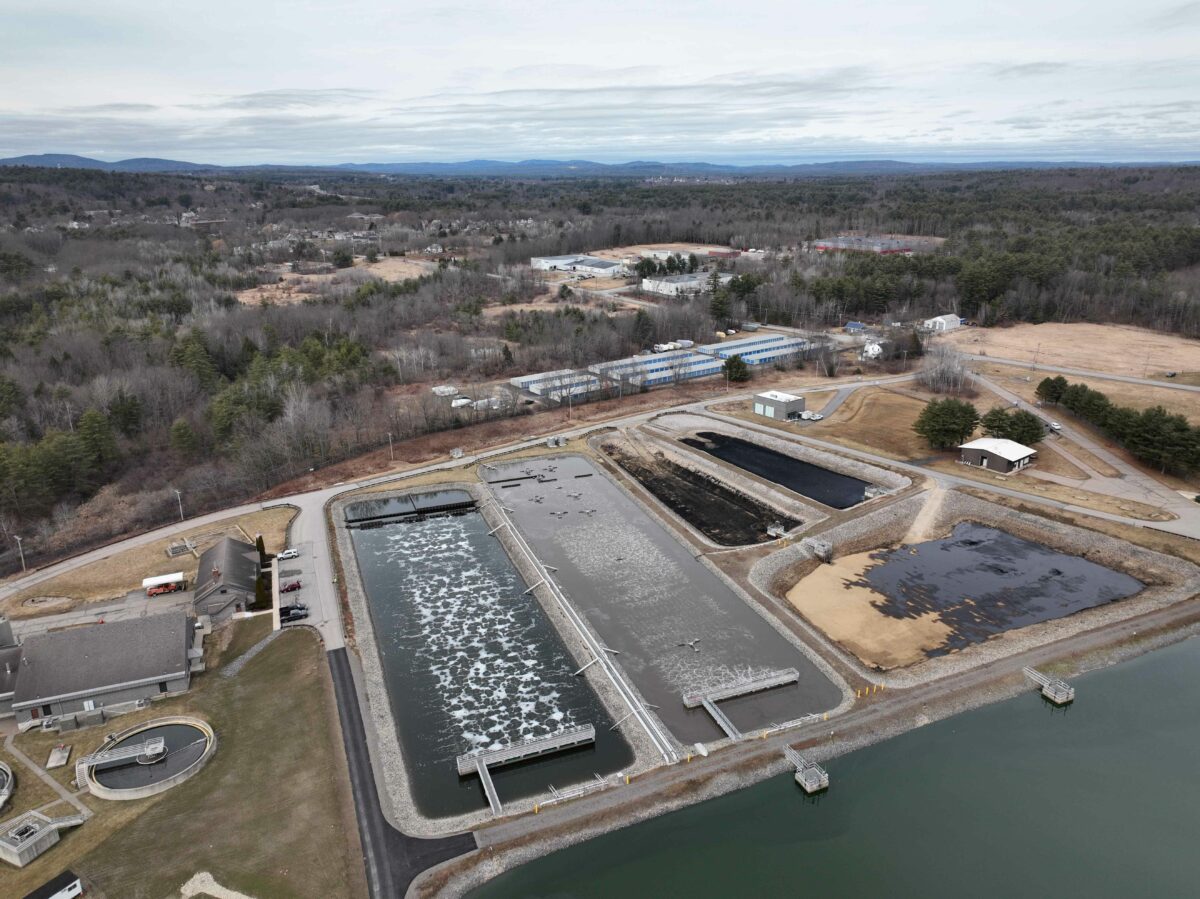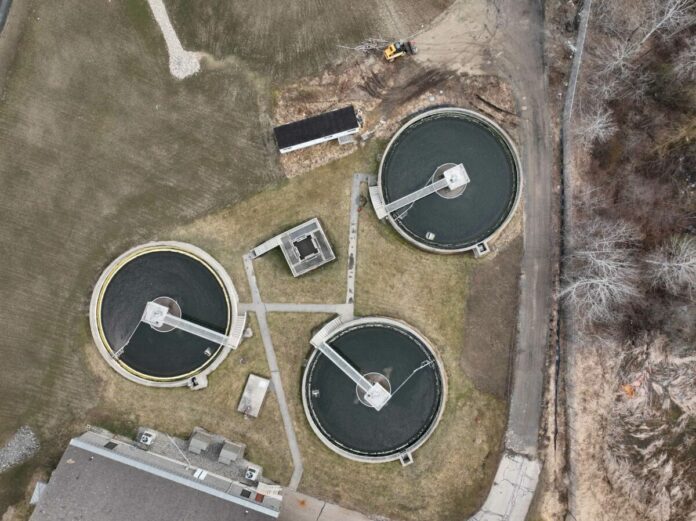The City of Rochester has long had a commitment to sound science in wastewater regulation, but now faces significant challenges due to wastewater permitting mandates from the Environmental Protection Agency (EPA).
For more than a decade, the City of Rochester has championed the need for defensible science to be applied in the permitting decisions of EPA. In that effort, the City vigorously negotiated with EPA to set wastewater permit discharge limits on nitrogen and phosphorus (nutrients), which were both protective of the ecological health of Cocheco River and the Great Bay Estuary, while not requiring large capital upgrades that would be burdensome for our sewer ratepayers.
EPA believes that the Cocheco River is impaired for phosphorus and the Great Bay Estuary is impaired for nitrogen.
The City’s scientific experts conducted a series of environmental evaluations of the Cocheco River and determined that is not impaired for nutrients, and there has been a long-standing scientific debate between Rochester and regulators as to the role of nitrogen in the decline of eelgrass in the Great Bay Estuary.

The City had sought assistance from two NH Governors and the Congressional Delegation, but the broad authority granted to EPA under the Clean Water Act resulted in the EPA issuing an individual discharge permit with an exceedingly low total phosphorus limit of 0.12mg/L, and a general permit with a total nitrogen limit of 8.0 mg/L to Rochester. These combined new limits are requiring the City to significantly upgrade its Wastewater Treatment Facility. Additionally, due to the current and anticipated growth of Rochester, the facility also needs capacity upgrades. Subsequently, the city’s Wastewater Treatment Facility will undergo new capital upgrade investments of $35 million dollars, and potentially as high as $50 million dollars to comply with the total nitrogen and total phosphorus limits, and capacity upgrades.
City leaders have negotiated with the EPA a workable timeline to implement the upgrades required to achieve compliance. This timeline requires upgrades to be completed and permit compliance achieved by November 2032.
Unfortunately, to ensure compliance, by 2030 the sewer user rates will need to reach a range of $15-$20 per unit of water discharged (one unit equals 748 gallons of water). The current sewer user rate is $8.17 per unit. The obvious driver of the user rate increase will be the debt service associated with the capital improvements needed to comply with the EPA mandates. To lessen spikes in debt service, a 30-year bond will be explored as a funding source.
These capital upgrade investments may potentially result in City General Fund contributions to the Sewer Fund at some point. Further, the City will be exploring additional avenues of grants, congressional funding, and other capital and operating cost reductions in an attempt to mitigate the financial impacts.
- Click here for a more detailed historical narrative on the EPA mandates.
- Click here for the memo from the Department of Public Works to City Council.
